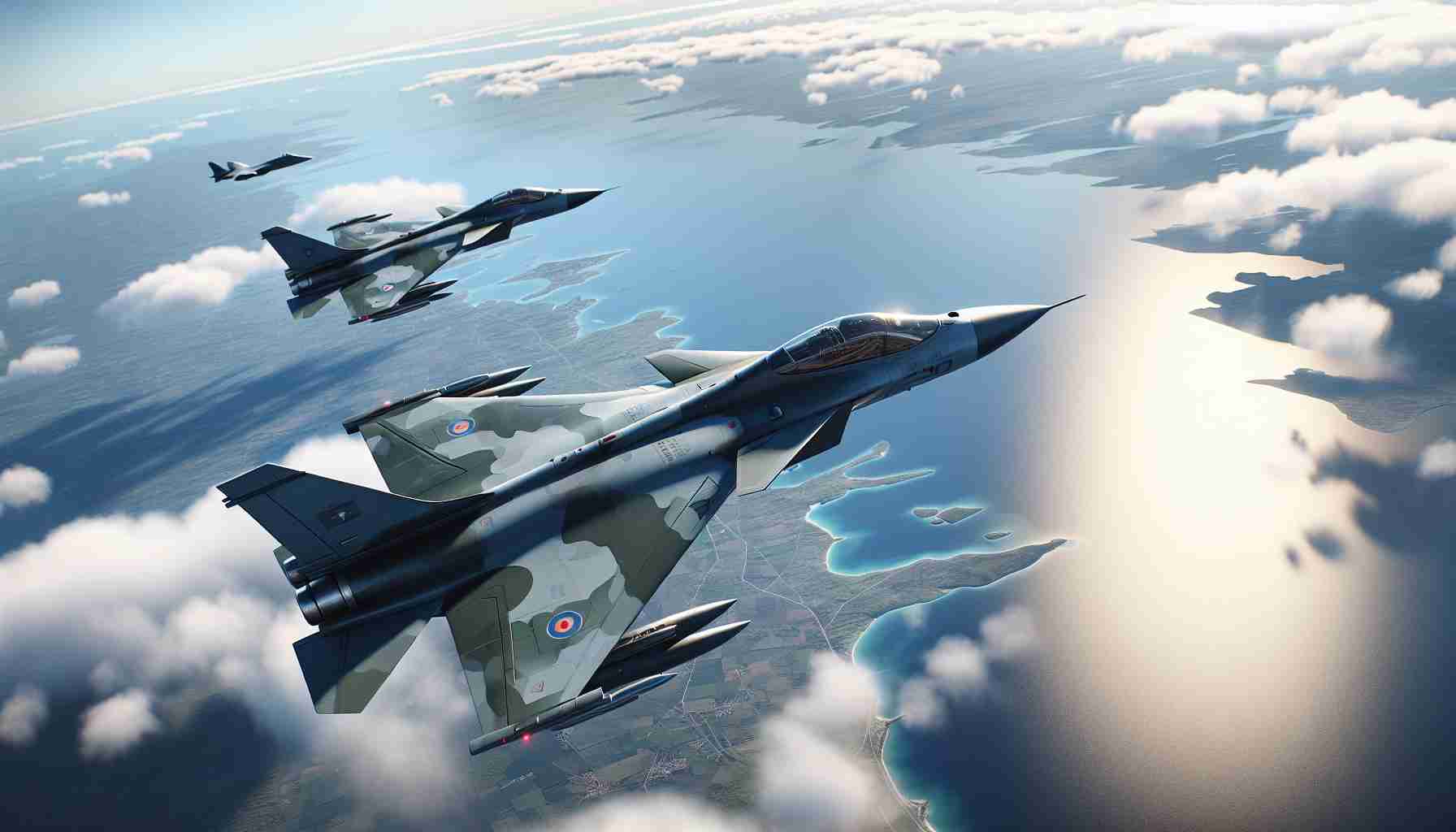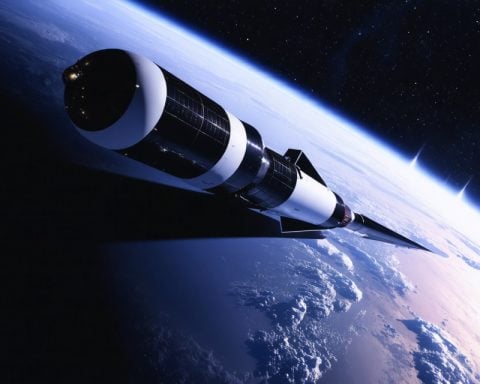Transformative Deployment in Baltic Airspace
Starting December 1, 2024, Estonia will host four F-35A Lightning II jets from the Royal Netherlands Air Force, marking a significant NATO decision to bolster Baltic air security. These sleek jets will operate from Ämari Air Base as part of NATO’s comprehensive Baltic Air Policing mission, continuing until March 31, 2025.
Transition from Eurofighters to F-35A
The Dutch F-35As are set to replace German Eurofighters, which have been active from Latvia’s Lielvārde Air Base since March 2024. Ready 24/7, these aircraft will be alert for rapid reaction scenarios. This deployment ensures a seamless transition in maintaining regional security.
Strengthening with French and Italian Support
Enhancing NATO’s strategy, French Dassault Rafales and Italian Typhoon F-2000As will collaborate from Lithuania, underlining the multinational effort to secure the Baltic skies. Italian personnel bolsters the deployment, which started in July 2024, ensuring continuous operational capacity.
F-35 Agility and Interoperability
The advanced F-35A fighters not only ensure security but also enable expanded training missions within NATO, enhancing interoperability. With exercises set to simulate real combat conditions, these missions push the boundaries of aerial strategy.
Estonian Base Upgrade Boosts NATO’s Reach
Ämari Air Base’s recent 18.5-million-euro renovation positions it as a critical hub for these operations. The Netherlands’ recent operational certification of their F-35A fleet underscores this strategic shift, having previously utilized F-16s.
This development signifies a robust allied presence, underscoring the importance of air policing and readiness amid regional tensions, forging stronger NATO alliances in Europe’s north.
New Alliances and Strategic Advances in Baltic Air Defense
In a significant move to enhance regional security, NATO is set to deploy four F-35A Lightning II jets from the Royal Netherlands Air Force to Estonia beginning December 1, 2024. This strategic deployment underscores NATO’s ongoing commitment to bolstering air defense capabilities in the Baltic region, particularly in Estonia’s Ämari Air Base.
Pros and Cons of the F-35A Deployment
The transition from German Eurofighters to the advanced F-35A represents a shift towards newer technology with enhanced capabilities.
Pros:
– Advanced Technology: The F-35A is equipped with cutting-edge stealth capabilities and avionics, providing an edge in modern aerial warfare.
– Interoperability: These jets facilitate enhanced training missions among NATO allies, improving coordination and combat readiness.
– Extended Range and Payload: The F-35A has superior range and can carry a more extensive variety of weapons, increasing tactical flexibility.
Cons:
– Operational Cost: The F-35A is known for high acquisition and operating costs compared to older fighter aircraft.
– Maintenance Requirements: Advanced systems necessitate more complex maintenance and support infrastructure.
Comparisons with Eurofighter and Additional Support
The Dutch F-35As will replace the German Eurofighters, offering a contrast in fighter capabilities:
– Stealth Features: Unlike the Eurofighter, the F-35A benefits from advanced stealth technology.
– Multinational Integration: Italy and France will also support with Dassault Rafales and Typhoon F-2000As, showcasing a concerted multinational effort for Baltic security.
Key Features of the F-35A
The F-35A is renowned for several key features:
– Stealth and Sensor Fusion: The aircraft’s design significantly reduces radar visibility, while sensor fusion technology integrates information for comprehensive situational awareness.
– Vertical Takeoff and Landing: While specific to F-35B variants, this capability enhances operational flexibility (note: the F-35A variant is suited for conventional runways).
Impact of Ämari Air Base Renovation
The 18.5-million-euro renovation of Ämari Air Base bolsters its strategic importance in NATO operations, enabling it to support advanced aircraft such as the F-35A, compliant with modern defense requirements. This infrastructure upgrade symbolizes Estonia’s pivotal role in NATO’s Northern European defense strategy.
Market Analysis and Future Predictions
The deployment reflects a broader trend within NATO members towards adopting fifth-generation fighters, highlighting a focus on technological superiority and strategic interoperability. The sustained presence of such advanced fighter jets in Eastern Europe indicates a long-term commitment to regional stability and deterrence.
For further insights on NATO and allied defense activities, visit the official NATO website.







